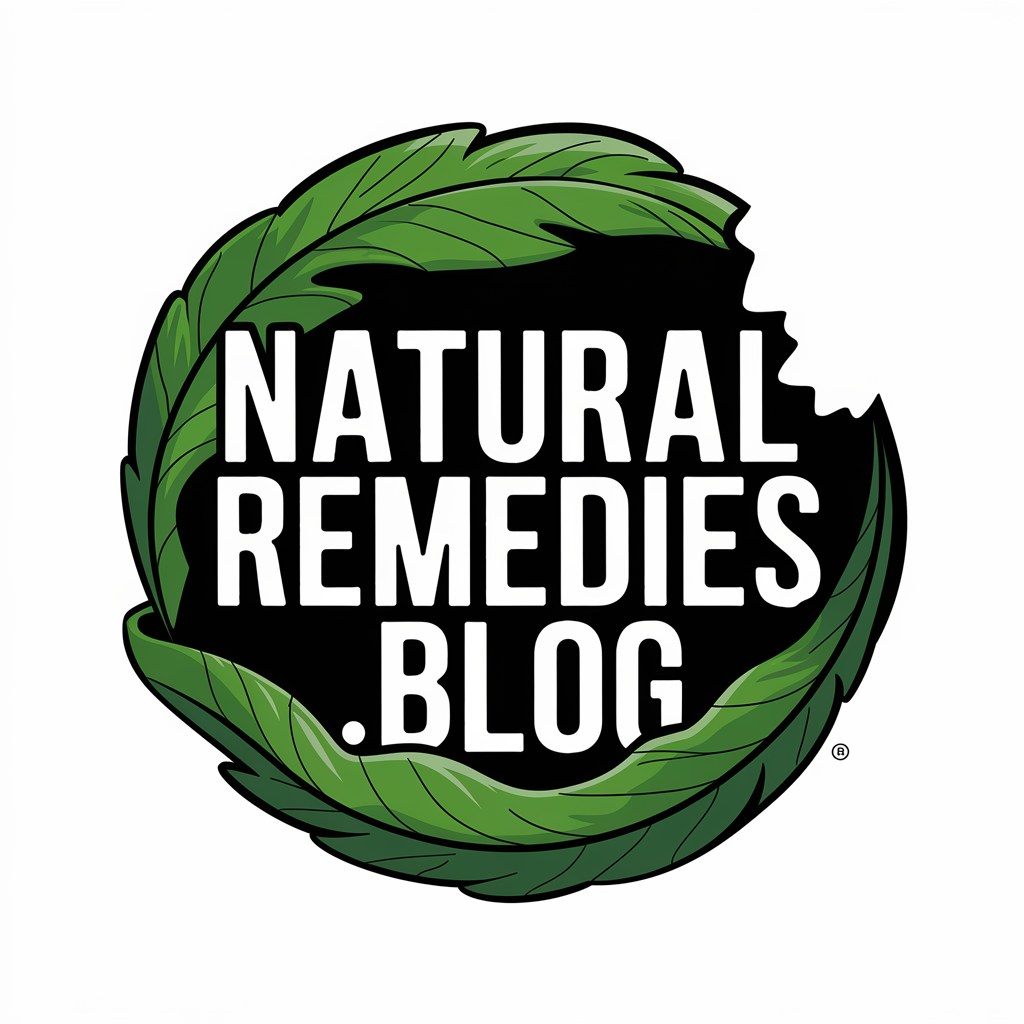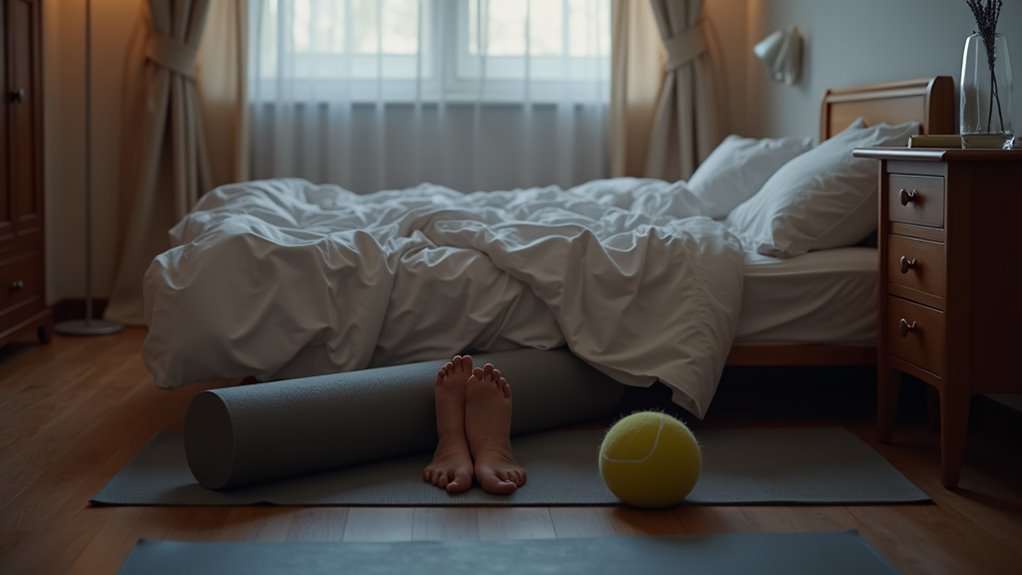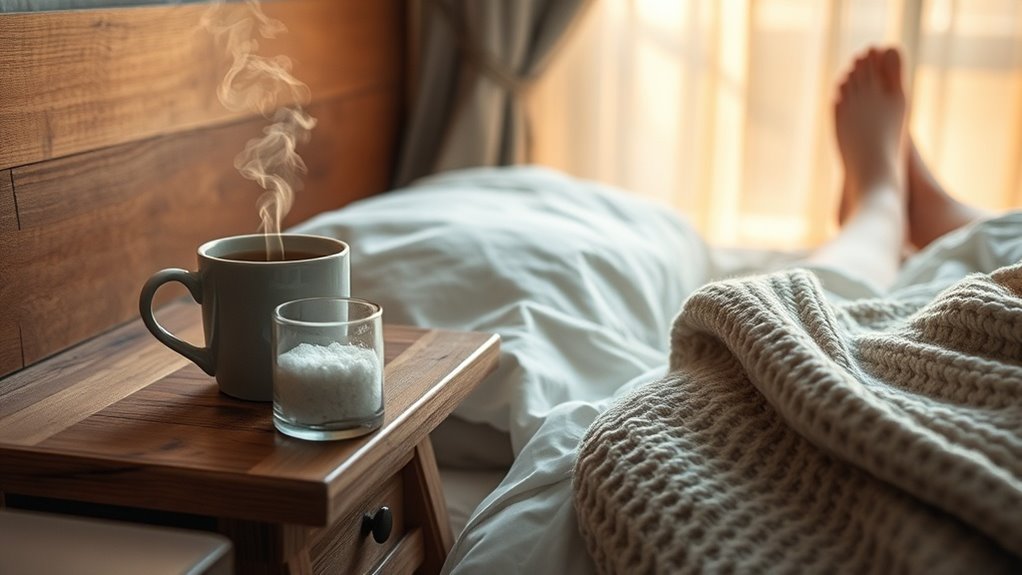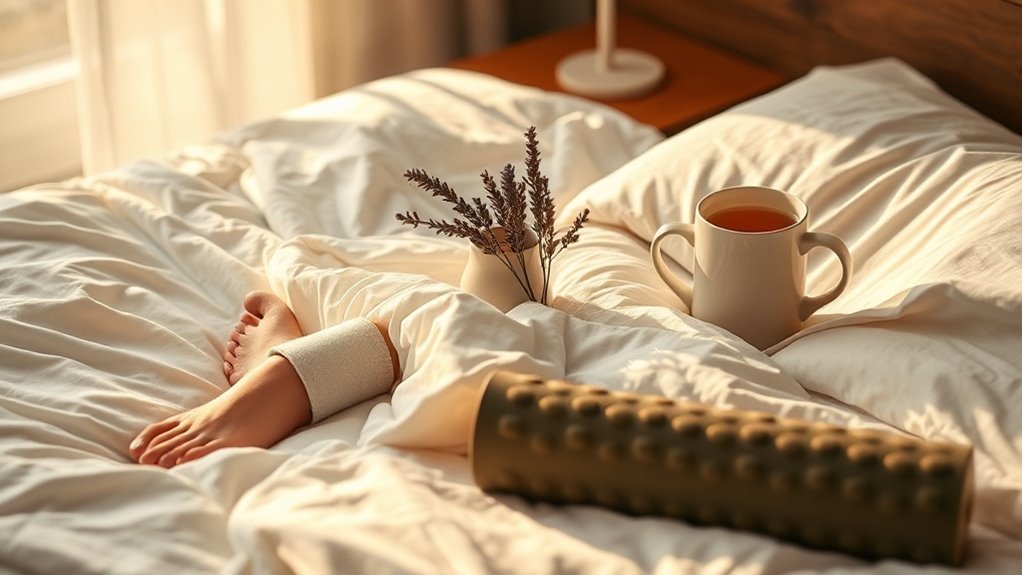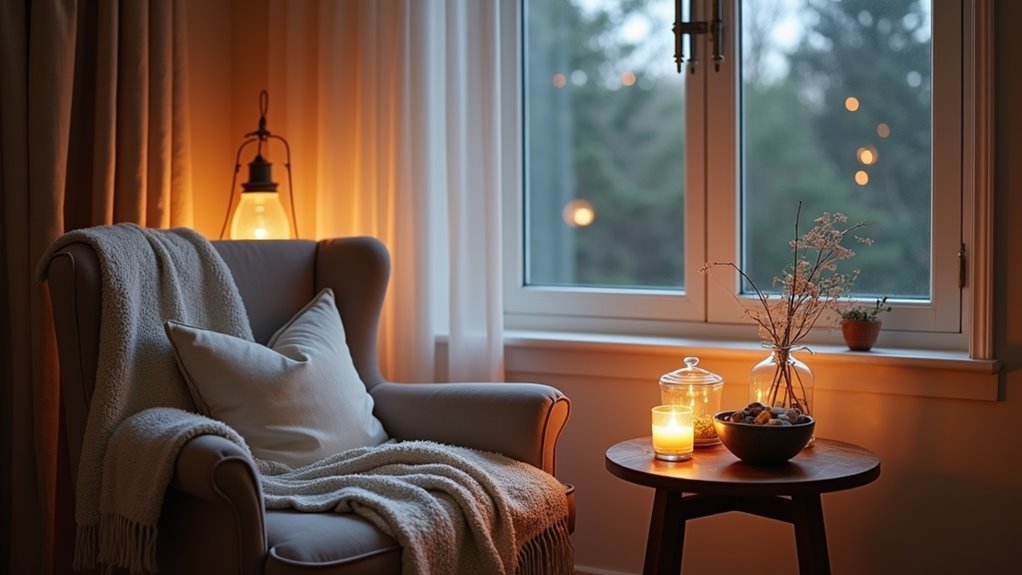Tried Everything for Restless Legs. This Helped Me Sleep
If you’re struggling with Restless Legs Syndrome, you’re not alone. Many find relief through lifestyle changes like regular exercise, a consistent sleep schedule, and avoiding caffeine and alcohol. Incorporating magnesium-rich foods and using relaxation techniques like yoga can also help. Innovative therapies, such as massage or cool showers, may offer additional comfort. With the right combination of strategies, you can improve your sleep quality and overall well-being. Explore further options to enhance your experience and find what works for you.
Understanding Restless Legs Syndrome
What’s driving that irresistible urge to move your legs?
You might be experiencing Restless Legs Syndrome (RLS), a neurological condition that affects about 1 in 10 people in the U.S., more commonly in women. Symptoms often worsen in the evening and disrupt sleep, leading to daytime fatigue. While the exact causes remain unknown, genetic factors, dopamine imbalances, and iron deficiency may contribute. The risk of developing RLS increases with age, particularly after 50, and regular physical activity is suggested as a beneficial lifestyle change to reduce symptoms. It’s essential to differentiate between primary and secondary RLS, as certain medical issues can exacerbate symptoms. Exploring effective restless leg remedies can help manage your discomfort and improve your overall well-being.
My Journey With RLS Symptoms
You might remember when your RLS symptoms first appeared, disrupting your nights with uncomfortable sensations. As you explored various treatments, you likely faced a frustrating trial-and-error process, seeking something that truly worked for you. Along the way, you may have discovered unconventional methods that offered surprising relief, reshaping your approach to managing this persistent challenge. Many individuals experiencing RLS often report that the symptoms worsen during evening or night hours, further complicating their quest for restful sleep. Incorporating simple movement techniques can significantly alleviate discomfort during flare-ups, providing a practical strategy to enhance your sleep quality.
Initial Symptoms Experience
Have you ever found yourself lying in bed, feeling an overwhelming urge to move your legs as uncomfortable sensations ripple through them? This urge often comes with sensations like aching, throbbing, or crawling, typically worsening during the evening or when you’re inactive. As you try to settle down, you might find that these feelings disrupt your sleep, making falling or staying asleep nearly impossible. Moving your legs may offer temporary relief, but the cycle of discomfort often continues, impacting your daily life and leaving you fatigued. Understanding these initial symptoms is crucial in recognizing the disruption RLS brings to your nights, especially since RLS is a neurological condition that affects both sleep and movement.
Treatment Trial Journey
Navigating the treatment landscape for restless legs syndrome (RLS) can feel overwhelming, especially when symptoms disrupt your nights. You might begin by incorporating lifestyle adjustments, such as regular physical activity and avoiding caffeine. Relaxation techniques like yoga can help calm your mind. If these changes aren’t enough, medications like dopamine agonists or gabapentin may provide relief but can come with side effects. Remember, it often takes trial and error to find the right approach that works for you. Consulting with a healthcare professional for RLS symptoms is crucial for effective management of RLS symptoms. Staying in tune with your body and discussing options with your healthcare provider is crucial for effective management of RLS symptoms.
Unconventional Relief Methods
While conventional treatments often form the backbone of restless legs syndrome (RLS) management, many individuals search for alternative methods to find relief from their symptoms.
Consider exploring these unconventional approaches:
- Temperature Changes: Alternating between cool showers and warm baths can promote muscle relaxation. Additionally, trying a cool shower before bedtime may enhance your comfort levels at night.
- Non-Invasive Devices: Using items like the Restiffic foot wrap may ease discomfort by applying gentle pressure.
- Mind-Body Interventions: Practices such as yoga or deep breathing can help reduce tension and alleviate symptoms.
These methods could complement traditional treatments, offering a holistic way to manage your RLS and enhance sleep quality.
Exploring Common Treatment Options
Many individuals suffering from Restless Legs Syndrome (RLS) find relief through various treatment options that target their specific symptoms. Lifestyle adjustments like avoiding alcohol, nicotine, and caffeine can significantly alleviate RLS symptoms. Maintaining a regular sleep schedule and engaging in moderate exercise are vital steps in symptom management. Dietary interventions, including iron supplements and a balanced diet, may also prove beneficial. Additionally, physical therapy techniques such as stretching, hot baths, and massage therapy can offer temporary relief. Pharmacological approaches, particularly dopamine agonists, serve as a first-line treatment for managing RLS effectively. Exploring these options may lead to improved sleep quality, and iron deficiency is a common factor that can exacerbate RLS symptoms.
Discovering Innovative Therapies
As individuals continue to seek relief from Restless Legs Syndrome (RLS), innovative therapies are emerging that offer hope beyond traditional treatment approaches.
These options can significantly improve your quality of sleep and daily life.
Consider exploring:
- Electrical Stimulation: Devices that stimulate lower leg muscles may reduce RLS symptoms.
- Wearable Technology: These devices provide consistent nerve stimulation, aiding symptom management throughout the day.
- Peroneal Nerve Stimulation: This emerging technique delivers high-frequency stimulation to the nerves for effective relief. Additionally, combining these therapies with targeted muscle stretches may enhance overall comfort and effectiveness.
The Role of Lifestyle Adjustments
Making lifestyle adjustments can significantly impact your experience with Restless Legs Syndrome (RLS).
By focusing on dietary changes to identify potential triggers and fostering healthy sleep habits, you can reduce symptoms and improve your overall well-being.
Incorporating relaxation techniques into your routine can also enhance your ability to cope with discomfort and promote restful sleep. Additionally, establishing a consistent sleep schedule can help address the circadian rhythm disruptions often associated with RLS.
Dietary Changes and Triggers
Dietary changes can significantly impact the management of Restless Legs Syndrome (RLS), offering relief through thoughtful lifestyle adjustments.
Here are three key considerations:
-
Focus on nutrient-rich foods: Incorporate iron-rich items like spinach and lentils, alongside magnesium and folate sources such as almonds and leafy greens.
-
Identify triggers to avoid: Limit caffeine, alcohol, and processed snacks, as they can exacerbate symptoms.
-
Timing matters: Opt for early dinners and light magnesium-rich snacks to support better sleep.
These strategies can help you manage RLS effectively and potentially improve your sleep quality.
Sleep Patterns and Relaxation
Restful sleep often hinges on your lifestyle choices, particularly concerning sleep patterns and relaxation techniques.
Maintaining a consistent sleep-wake schedule can help regulate your circadian rhythms, while avoiding electronic devices 1-2 hours before bed minimizes blue light exposure.
Optimize your bedroom environment—aim for a temperature between 60-67°F and ensure darkness to enhance sleep quality.
Incorporating moderate aerobic exercise and evening relaxation rituals, like warm baths or mindfulness meditation, can significantly reduce restless legs symptoms.
Additionally, consider using weighted blankets and compression socks to improve comfort and promote better sleep.
Prioritizing these adjustments can lead to restorative sleep.
Managing Medication Side Effects
Managing medication side effects is crucial for those dealing with restless legs syndrome (RLS), as some treatments can unintentionally worsen symptoms.
Here are a few strategies to help you cope:
- Regular Monitoring: Keep track of your symptoms and report changes to your healthcare provider.
- Dose Adjustments: Work with your doctor to adjust medication dosages if side effects become problematic.
- Alternative Treatments: Explore non-pharmaceutical options like physical activity or relaxation techniques to reduce reliance on medications. Engaging in gentle exercises can also improve symptoms and help manage medication side effects more effectively.
The Importance of Sleep Hygiene
Achieving quality sleep is essential for everyone, especially for those struggling with restless legs syndrome (RLS).
Poor sleep hygiene practices, affecting over half of the population, are strong contributors to sleep issues and can lead to increased fatigue and mental health struggles.
Maintaining a consistent sleep schedule, preparing a dark and quiet bedroom, and avoiding electronic devices before bedtime can significantly enhance your sleep quality.
Additionally, reducing caffeine and alcohol intake and incorporating mindfulness techniques are beneficial. Good sleep hygiene can further enhance overall well-being and reduce symptoms related to sleep disorders.
Nonpharmacological Strategies That Worked
When restless legs syndrome disrupts your sleep, exploring nonpharmacological strategies can offer effective relief.
You may find that the following methods significantly enhance your comfort and promote better sleep:
- Regular Exercise: Engaging in consistent physical activity, like walking or yoga, can reduce symptoms and improve sleep quality.
- Hot Baths: Soaking in warm water relaxes your muscles and aids in easing discomfort.
- Massage Therapy: Massage can release tension in your leg muscles, providing quick relief from RLS symptoms.
Incorporating these strategies into your routine can lead to improved sleep and overall well-being. Additionally, regular physical exercise has been shown to improve circulation and muscle function, further alleviating RLS symptoms.
Reflecting on Personal Experiences and Insights
How do the personal experiences of those living with restless legs syndrome (RLS) shape their understanding and management of the condition? Your journey often reveals valuable insights that can enhance your coping strategies.
| Experience | Insight |
|---|---|
| Misdiagnosis | Recognize symptoms more clearly |
| Medication challenges | Explore holistic alternatives |
| Emotional impact | Seek community support |
| Long-term adaptations | Adjust lifestyle for symptom relief |
Sharing your story not only fosters community but also cultivates resilience. By connecting with others, you gain both emotional comfort and practical guidance for this challenging condition.
